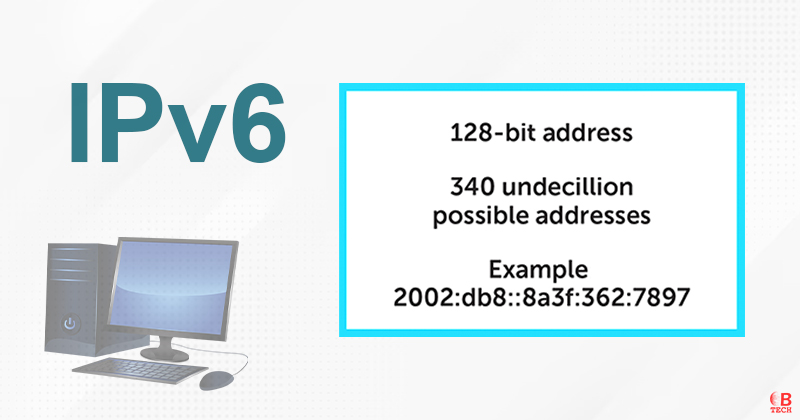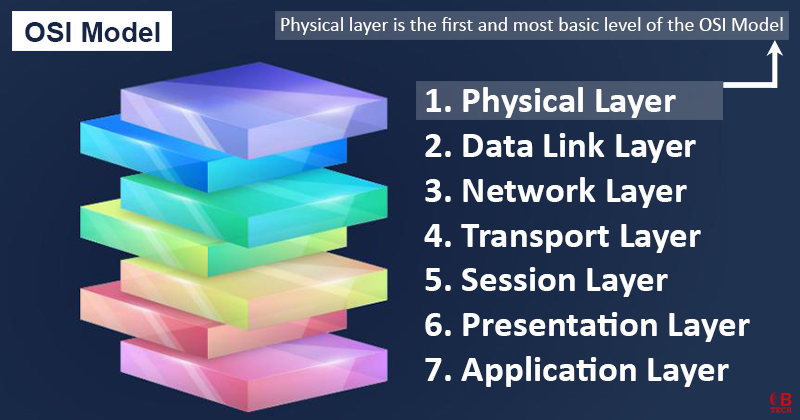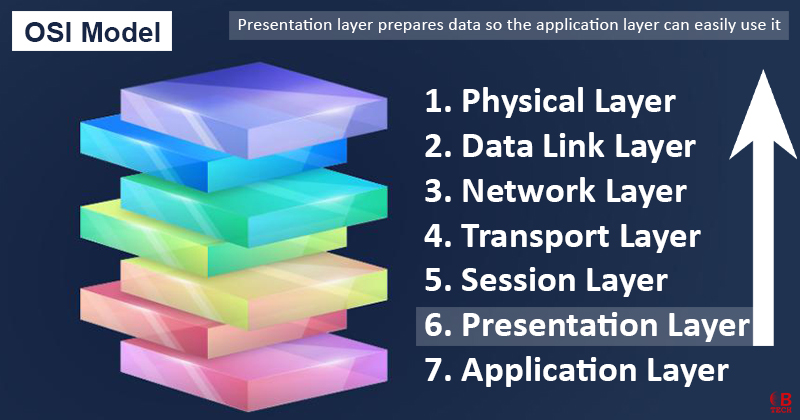What is IPv6?
Internet Protocol Version 6 is commonly known as IPv6. It represents the evolution of Internet Protocol technology, offering an advanced way to transport data in packets from one source to another across diverse networks. It acts as the successor to IPv4 and is designed to accommodate an exponentially larger number of network nodes.
IPv6 significantly expands the network’s capacity to support addresses. It enables an astronomical total of 2^128 possible node or address combinations, facilitating vast connectivity options compared to its predecessor, IPv4.
Internet Protocol Next Generation
You might also hear IPv6 referred to as Internet Protocol Next Generation or IPng, highlighting its role in the future of digital communications.
Internet Protocol Version 6 Explained By Techbonafide
Techbonafide explains that on June 6, 2012, developers released Internet Protocol Version 6 (IPv6) in a hexadecimal format. This format includes 8 octets, enhancing the scalability of network addresses significantly.
Functionality & Addressing
Similar to its predecessor, IPv4, IPv6 handles the task of address broadcasting. However, it distinguishes itself by not incorporating broadcast addresses in any of its classes, streamlining network communications.
| Feature | IPv4 | IPv6 |
| Address Length | 32 bits | 128 bits |
| Address Format | Decimal | Hexadecimal |
| Number of Addresses | Approximately 4.3 billion | Approximately 340 undecillion |
| IPSec Support | Optional | Required |
| Address Configuration | Manual and DHCP | Auto-configuration and DHCPv6 |
| Broadcasting | Uses broadcast addresses | Does not use broadcast addresses; uses multicast instead |
| Packet Size | Header without options is 20 bytes | Header without options is 40 bytes |
| Fragmentation | Performed by sender and forwarding routers | Performed by sender only |
| Header Complexity | Contains more fields | Simplified with fewer fields |
| DNS Records | A records | AAAA records |
| Link-Local Addressing | Not defined | Defined and used for local network operations |
| Mobility and Flexibility | Less efficient | More efficient due to built-in features |
This table by techbonafide encapsulates the primary technical distinctions between the two protocols, illustrating the advancements made with IPv6 in addressing scalability, security and network management.



